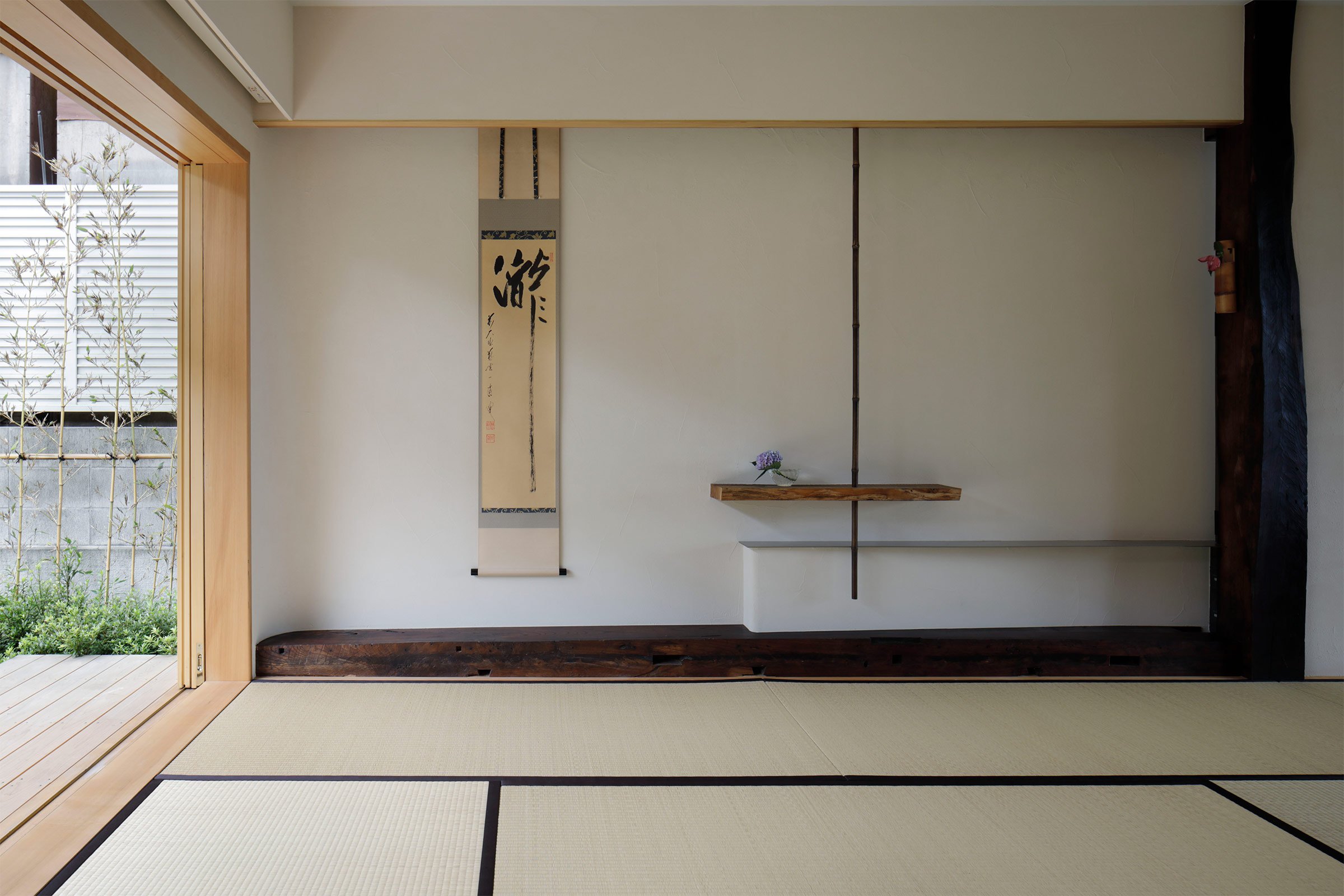A Peaceful Ryokan by the Ocean
In the coastal city of Kamakura, this pair of modern Japanese houses designed by Tokyo-based firm G Architects Studio function as a peaceful residence and a tranquil seaside ryokan, kishi-ke. Here, studio founder Ryohei Tanaka shares more about the project
Design Anthology: Who was the client for this project?
Ryohei Tanaka: The clients are a young married couple who had a side business renting out their old traditional house to tourists in Tokyo. They then decided to move to Kamakura and looked for a space where they could both live and continue hosting guests.
What was their brief to you for the project?
The clients’ goal was to offer an alternative to big hotels, and they wanted a space that functions both as their residence and a ryokan (traditional Japanese inn) for guests. We ended up creating two structures — a small main house and an annex — separated by a traditional garden. Having separate houses means one of the buildings can be rented out as a standalone accommodation while both enjoy ocean views and the garden. The ground floor of the main building is now a dining room, while the second floor is reserved for the couple’s private residential area.
Where is the accommodation and what makes the location unique?
The ryokan, which is called kishi-ke, is located in a dense residential area of Kamakura, a seaside town in Kanagawa Prefecture, just south of Tokyo. There are many cafes and shops in the area and neighbours were very welcoming of the clients and their business concept.
What kind of traveller do you think this hotel will appeal to and what can they look forward to experiencing?
I think it will appeal to travellers from overseas, as they’ll be able to experience the traditional Japanese lifestyle and culture.
What other features are you most excited about?
With COVID-19, many tourists are now avoiding large hotels and prefer staying in smaller accommodations like this ryokan. Here, the whole home can be rented out, so it’s a different experience for travellers during the pandemic. In the beginning, many of the guests were from overseas, but there are more and more domestic travellers booking in.
Images / Daisuke Shima





























